Principles of Anatomy and Physiology 16th Edition
Principles of Anatomy and Physiology Sixteenth Edition:
Additional ISBNs:
∗ eText ISBN: 1119662680, 978-1119662686, 9781119662686
- See additional information on the Amazon.
More Details
Principles of Anatomy and Physiology 16th Edition :
1 An Introduction to the Human Body 1
1.1 Anatomy and Physiology Defined 2
1.2 Levels of Structural Organization and Body Systems 3
1.3 Characteristics of the Living Human Organism 8
1.4 Homeostasis 9
1.5 Basic Anatomical Terminology 14
1.6 Aging and Homeostasis 21
1.7 Medical Imaging 22
Chapter Review 26 / Critical Thinking Questions 28 / Answers to Figure Questions 28
2 The Chemical Level of Organization 29
2.1 How Matter Is Organized 30
2.2 Chemical Bonds 34
2.3 Chemical Reactions 37
2.4 Inorganic Compounds and Solutions 40
2.5 Overview of Organic Compounds 44
2.6 Carbohydrates 45
2.7 Lipids 47
2.8 Proteins 51
2.9 Nucleic Acids 56
2.10 Adenosine Triphosphate 58
Chapter Review 59 / Critical Thinking Questions 61 / Answers to Figure Questions 61
3 The Cellular Level of Organization 63
3.1 Parts of a Cell 64
3.2 The Plasma Membrane 65
3.3 Transport Across the Plasma Membrane 68
3.4 Cytoplasm 78
3.5 Nucleus 89
3.6 Protein Synthesis 93
3.7 Cell Division 96
3.8 Cellular Diversity 104
3.9 Aging and Cells 104
Chapter Review 107 / Critical Thinking Questions 110 / Answers to Figure Questions 110
4 The Tissue Level of Organization 111
4.1 Types of Tissues 112
4.2 Cell Junctions 113
4.3 Comparison Between Epithelial and Connective Tissues 114
4.4 Epithelial Tissue 115
4.5 Connective Tissue 127
4.6 Membranes 139
4.7 Muscular Tissue 141
4.8 Nervous Tissue 143
4.9 Excitable Cells 143
4.10 Tissue Repair: Restoring Homeostasis 144
4.11 Aging and Tissues 145
Chapter Review 146 / Critical Thinking Questions 148 / Answers to Figure Questions 148
5 The Integumentary System 149
5.1 Structure of the Skin 150
5.2 Accessory Structures of the Skin 157
5.3 Types of Skin 163
5.4 Functions of the Skin 164
5.5 Maintaining Homeostasis: Skin Wound Healing 165
5.6 Development of the Integumentary System 167
5.7 Aging and the Integumentary System 169
Chapter Review 175 / Critical Thinking Questions 176 / Answers to Figure Questions 176
6 The Skeletal System: Bone Tissue 177
6.1 Functions of Bone and the Skeletal System 178
6.2 Structure of Bone 178
6.3 Histology of Bone Tissue 180
6.4 Blood and Nerve Supply of Bone 184
6.5 Bone Formation 185
6.6 Fracture and Repair of Bone 192
6.7 Bone’s Role in Calcium Homeostasis 195
6.8 Exercise and Bone Tissue 196
6.9 Aging and Bone Tissue 197
Chapter Review 199 / Critical Thinking Questions 200 / Answers to Figure Questions 201
7 The Skeletal System: The Axial Skeleton 202
7.1 Divisions of the Skeletal System 203
7.2 Types of Bones 205
7.3 Bone Surface Markings 205
7.4 Skull: An Overview 206
7.5 Cranial Cavity Bones 207
7.6 Facial Bones 216
7.7 Special Features of the Skull 218
7.8 Hyoid Bone 223
7.9 Vertebral Column 223
7.10 Vertebral Regions 226
7.11 Thorax 233
Chapter Review 239 / Critical Thinking Questions 240 / Answers to Figure Questions 241
8 The Skeletal System: The Appendicular Skeleton 242
8.1 Pectoral (Shoulder) Girdle 243
8.2 Upper Limb (Extremity) 246
8.3 Pelvic (Hip) Girdle 251
8.4 Greater and Lesser Pelves 253
8.5 Comparison of Female and Male Pelves 255
8.6 Lower Limb (Extremity) 255
8.7 Development of the Skeletal System 263
Chapter Review 267 / Critical Thinking Questions 268 / Answers to Figure Questions 268
9 Joints 269
9.1 Joint Classification 270
9.2 Fibrous Joints 270
9.3 Cartilaginous Joints 272
9.4 Synovial Joints 272
9.5 Types of Movements at Synovial Joints 276
9.6 Types of Synovial Joints 281
9.7 Factors Affecting Contact and Range of Motion at Synovial Joints 284
9.8 Selected Joints of the Body 284
9.9 Temporomandibular Joint 287
9.10 Glenohumeral (Shoulder) Joint 288
9.11 Elbow Joint 292
9.12 Hip Joint 293
9.13 Knee Joint 295
9.14 Aging and Joints 298
9.15 Arthroplasty 299
Chapter Review 302 / Critical Thinking Questions 304 / Answers to Figure Questions 304
10 Muscular Tissue 305
10.1 Overview of Muscular Tissue 306
10.2 Structure of Skeletal Muscle Tissue 307
10.3 Contraction and Relaxation of Skeletal Muscle Fibers 316
10.4 Muscle Metabolism 325
10.5 Control of Muscle Tension 328
10.6 Types of Skeletal Muscle Fibers 332
10.7 Exercise and Skeletal Muscle Tissue 333
10.8 Cardiac Muscle Tissue 334
10.9 Smooth Muscle Tissue 335
10.10 Regeneration of Muscular Tissue 337
10.11 Development of Muscle 338
10.12 Aging and Muscular Tissue 339
Chapter Review 341 / Critical Thinking Questions 343 / Answers to Figure Questions 343
11 The Muscular System 344
11.1 How Skeletal Muscles Produce Movements 345
11.2 How Skeletal Muscles Are Named 351
11.3 Overview of the Principal Skeletal Muscles 353
11.4 Muscles of the Head That Produce Facial Expressions 353
11.5 Muscles of the Head That Move the Eyeballs and Upper Eyelids 355
11.6 Muscles That Move the Mandible and Assist in Mastication and Speech 359
11.7 Muscles of the Head That Move the Tongue and Assist in Mastication and Speech 359
11.8 Muscles of the Anterior Neck That Assist in Deglutition and Speech 362
11.9 Muscles of the Neck That Move the Head 364
11.10 Muscles of the Abdomen That Protect Abdominal Viscera and Move the Vertebral Column 366
11.11 Muscles of the Thorax That Assist in Breathing 369
11.12 Muscles of the Pelvic Floor That Support the Pelvic Viscera and Function as Sphincters 372
11.13 Muscles of the Perineum 374
11.14 Muscles of the Thorax That Move the Pectoral Girdle 375
11.15 Muscles of the Thorax and Shoulder That Move the Humerus 378
11.16 Muscles of the Arm That Move the Radius and Ulna 382
11.17 Muscles of the Forearm That Move the Wrist, Hand, Thumb, and Digits 385
11.18 Muscles of the Palm That Move the Digits-Intrinsic Muscles of the Hand 391
11.19 Muscles of the Neck and Back That Move the Vertebral Column 394
11.20 Muscles of the Gluteal Region That Move the Femur 398
11.21 Muscles of the Thigh That Move the Femur, Tibia, and Fibula 404
11.22 Muscles of the Leg That Move the Foot and Toes 406
11.23 Intrinsic Muscles of the Foot That Move the Toes 411
Chapter Review 416 / Critical Thinking Questions 418 / Answers to Figure Questions 418
12 Nervous Tissue 419
12.1 Overview of the Nervous System 420
12.2 Histology of Nervous Tissue 422
12.3 Electrical Signals in Neurons: An Overview 430
12.4 Resting Membrane Potential 434
12.5 Graded Potentials 436
12.6 Action Potentials 438
12.7 Signal Transmission at Synapses 444
12.8 Neurotransmitters 451
12.9 Neural Circuits 454
12.10 Regeneration and Repair of Nervous Tissue 455
Chapter Review 458 / Critical Thinking Questions 460 / Answers to Figure Questions 460
13 The Spinal Cord and Spinal Nerves 461
13.1 Spinal Cord Anatomy 462
13.2 Spinal Nerves 468
13.3 Cervical Plexus 471
13.4 Brachial Plexus 473
13.5 Lumbar Plexus 476
13.6 Sacral and Coccygeal Plexuses 478
13.7 Spinal Cord Physiology 480
Chapter Review 490 / Critical Thinking Questions 491 / Answers to Figure Questions 491
14 The Brain and Cranial Nerves 493
14.1 Brain Organization, Protection, and Blood Supply 494
14.2 Cerebrospinal Fluid 497
14.3 The Brainstem and Reticular Formation 502
14.4 The Cerebellum 507
14.5 The Diencephalon 509
14.6 The Cerebrum 512
14.7 Functional Organization of the Cerebral Cortex 517
14.8 Cranial Nerves: An Overview 524
14.9 Olfactory (I) Nerve 524
14.10 Optic (II) Nerve 525
14.11 Oculomotor (III), Trochlear (IV), and Abducens (VI) Nerves 527
14.12 Trigeminal (V) Nerve 528
14.13 Facial (VII) Nerve 530
14.14 Vestibulocochlear (VIII) Nerve 530
14.15 Glossopharyngeal (IX) Nerve 531
14.16 Vagus (X) Nerve 533
14.17 Accessory (XI) Nerve 535
14.18 Hypoglossal (XII) Nerve 535
14.19 Development of the Nervous System 536
14.20 Aging and the Nervous System 539
Chapter Review 542 / Critical Thinking Questions 545 / Answers to Figure Questions 545
15 The Autonomic Nervous System 546
15.1 Comparison of Somatic and Autonomic Nervous Systems 547
15.2 Anatomy of Autonomic Motor Pathways 549
15.3 ANS Neurotransmitters and Receptors 558
15.4 Physiology of the ANS 560
15.5 Integration and Control of Autonomic Functions 563
Chapter Review 566 / Critical Thinking Questions 567 / Answers to Figure Questions 568
16 Sensory, Motor, and Integrative Systems 569
16.1 Sensation 570
16.2 Somatic Sensations 574
16.3 Somatic Sensory Pathways 580
16.4 Control of Body Movement 584
16.5 Integrative Functions of the Cerebrum 592
Chapter Review 597 / Critical Thinking Questions 598 / Answers to Figure Questions 599
17 The Special Senses 600
17.1 Olfaction: Sense of Smell 601
17.2 Gustation: Sense of Taste 604
17.3 Vision: An Overview 607
17.4 Accessory Structures of the Eye 608
17.5 Anatomy of the Eyeball 611
17.6 Physiology of Vision 616
17.7 Hearing 625
17.8 Equilibrium 634
17.9 Development of the Eyes and Ears 639
17.10 Aging and the Special Senses 642
Chapter Review 644 / Critical Thinking Questions 645 / Answers to Figure Questions 645
18 The Endocrine System 647
18.1 Comparison of Control by the Nervous and Endocrine Systems 648
18.2 Endocrine Glands 648
18.3 Hormone Activity 650
18.4 Mechanisms of Hormone Action 653
18.5 Control of Hormone Secretion 655
18.6 Hypothalamus and Pituitary Gland 655
18.7 Thyroid Gland 665
18.8 Parathyroid Glands 669
18.9 Suprarenal (Adrenal) Glands 672
18.10 Pancreatic Islets 676
18.11 Ovaries and Testes 681
18.12 Pineal Gland and Thymus 681
18.13 Other Endocrine Tissues and Organs, Eicosanoids, and Growth Factors 682
18.14 The Stress Response 684
18.15 Development of the Endocrine System 686
18.16 Aging and the Endocrine System 687
Chapter Review 692 / Critical Thinking Questions 695 / Answers to Figure Questions 695
19 The Cardiovascular System: The Blood 696
19.1 Functions and Properties of Blood 697
19.2 Formation of Blood Cells 701
19.3 Red Blood Cells 703
19.4 White Blood Cells 707
19.5 Platelets 710
19.6 Stem Cell Transplants from Bone Marrow and Cord Blood 712
19.7 Hemostasis 713
19.8 Blood Groups and Blood Types 717
Chapter Review 724 / Critical Thinking Questions 726 / Answers to Figure Questions 726
20 The Cardiovascular System: The Heart 727
20.1 Anatomy of the Heart 728
20.2 Heart Valves and Circulation of Blood 735
20.3 Cardiac Muscle Tissue and the Cardiac Conduction System 742
20.4 The Cardiac Cycle 748
20.5 Cardiac Output 752
20.6 Exercise and the Heart 756
20.7 Help for Failing Hearts 757
20.8 Development of the Heart 759
Chapter Review 768 / Critical Thinking Questions 769 / Answers to Figure Questions 769
21 The Cardiovascular System: Blood Vessels and Hemodynamics 771
21.1 Structure and Function of Blood Vessels 772
21.2 Capillary Exchange 781
21.3 Hemodynamics: Factors Affecting Blood Flow 784
21.4 Control of Blood Pressure and Blood Flow 787
21.5 Checking Circulation 792
21.6 Shock and Homeostasis 793
21.7 Circulatory Routes: Systemic Circulation 796
21.8 The Aorta and Its Branches 798
21.9 Ascending Aorta 801
21.10 The Aortic Arch 802
21.11 Thoracic Aorta 806
21.12 Abdominal Aorta 809
21.13 Arteries of the Pelvis and Lower Limbs 814
21.14 Veins of the Systemic Circulation 817
21.15 Veins of the Head and Neck 819
21.16 Veins of the Upper Limbs 821
21.17 Veins of the Thorax 825
21.18 Veins of the Abdomen and Pelvis 827
21.19 Veins of the Lower Limbs 829
21.20 Circulatory Routes: The Hepatic Portal Circulation 833
21.21 Circulatory Routes: The Pulmonary Circulation 834
21.22 Circulatory Routes: The Fetal Circulation 836
21.23 Development of Blood Vessels and Blood 838
21.24 Aging and the Cardiovascular System 839
Chapter Review 842 / Critical Thinking Questions 844 / Answers to Figure Questions 845
22 The Lymphoid (Lymphatic) System and Immunity 846
22.1 The Concept of Immunity 847
22.2 Overview of the Lymphoid System 847
22.3 Lymphatic Vessels and Lymph Circulation 849
22.4 Lymphoid Organs and Tissues 851
22.5 Development of Lymphoid Tissues 858
22.6 Innate Immunity 859
22.7 Adaptive Immunity 864
22.8 Cell-Mediated Immunity 870
22.9 Antibody-Mediated Immunity 874
22.10 Self-Recognition and Self-Tolerance 879
22.11 Stress and Immunity 880
22.12 Aging and the Lymphoid System 881
Chapter Review 887 / Critical Thinking Questions 889 / Answers to Figure Questions 889
23 The Respiratory System 891
23.1 Overview of the Respiratory System 892
23.2 The Upper Respiratory System 894
23.3 The Lower Respiratory System 897
23.4 Pulmonary Ventilation 912
23.5 Lung Volumes and Capacities 917
23.6 Exchange of Oxygen and Carbon Dioxide 918
23.7 Transport of Oxygen and Carbon Dioxide 922
23.8 Control of Breathing 927
23.9 Exercise and the Respiratory System 931
23.10 Development of the Respiratory System 932
23.11 Aging and the Respiratory System 933
Chapter Review 938 / Critical Thinking Questions 940 / Answers to Figure Questions 940
24 The Digestive System 941
24.1 Overview of the Digestive System 942
24.2 Layers of the Digestive Canal 943
24.3 Neural Innervation of the Digestive Canal 945
24.4 Peritoneum 946
24.5 Mouth 948
24.6 Pharynx 955
24.7 Esophagus 955
24.8 Deglutition 956
24.9 Stomach 958
24.10 Pancreas 964
24.11 Liver and Gallbladder 966
24.12 Small Intestine 971
24.13 Large Intestine 983
24.14 Phases of Digestion 988
24.15 Development of the Digestive System 991
24.16 Aging and the Digestive System 991
Chapter Review 996 / Critical Thinking Questions 998 / Answers to Figure Questions 998
25 Metabolism and Nutrition 1000
25.1 Metabolic Reactions 1001
25.2 Energy Transfer 1002
25.3 Carbohydrate Metabolism 1003
25.4 Lipid Metabolism 1013
25.5 Protein Metabolism 1017
25.6 Key Molecules at Metabolic Crossroads 1019
25.7 Metabolic Adaptations 1020
25.8 Energy Balance 1025
25.9 Regulation of Body Temperature 1029
25.10 Nutrition 1032
Chapter Review 1039 / Critical Thinking Questions 1041 / Answers to Figure Questions 1041
26 The Urinary System 1042
26.1 Overview of the Urinary System 1043
26.2 Anatomy of the Kidneys 1044
26.3 The Nephron 1048
26.4 Overview of Renal Physiology 1053
26.5 Glomerular Filtration 1055
26.6 Tubular Reabsorption and Tubular Secretion 1059
26.7 Production of Dilute and Concentrated Urine 1067
26.8 Evaluation of Kidney Function 1072
26.9 Urine Transportation, Storage, and Elimination 1075
26.10 Waste Management in Other Body Systems 1079
26.11 Development of the Urinary System 1079
26.12 Aging and the Urinary System 1080
Chapter Review 1084 / Critical Thinking Questions 1086 / Answers to Figure Questions 1086
27 Fluid, Electrolyte, and Acid-Base Homeostasis 1087
27.1 Fluid Compartments and Fluid Homeostasis 1088
27.2 Electrolytes in Body Fluids 1094
27.3 Acid-Base Balance 1098
27.4 Aging and Fluid, Electrolyte, and Acid-Base Homeostasis 1103
Chapter Review 1104 / Critical Thinking Questions 1105 / Answers to Figure Questions 1105
28 The Genital (Reproductive) Systems 1106
28.1 Male Genital (Reproductive) System 1107
28.2 Female Genital (Reproductive) System 1121
28.3 The Female Reproductive Cycle 1137
28.4 The Human Sexual Response 1143
28.5 Birth Control Methods and Abortion 1143
28.6 Development of the Genital Systems 1147
28.7 Aging and the Genital Systems 1149
Chapter Review 1156 / Critical Thinking Questions 1158 / Answers to Figure Questions 1159
29 Development and Inheritance 1160
29.1 Overview of Development 1161
29.2 The First Two Weeks of the Embryonic Period 1161
29.3 The Remaining Weeks of the Embryonic Period 1169
29.4 Fetal Period 1177
29.5 Teratogens 1180
29.6 Prenatal Diagnostic Tests 1181
29.7 Maternal Changes During Pregnancy 1183
29.8 Exercise and Pregnancy 1186
29.9 Labor 1186
29.10 Adjustments of the Infant at Birth 1188
29.11 The Physiology of Lactation 1189
29.12 Inheritance 1191
Chapter Review 1198 / Critical Thinking Questions 1200 / Answers to Figure Questions 1200
Appendix A Measurements A-1
Appendix B Periodic Table B-3
Appendix C Normal Values for Selected Blood Tests C-4
Appendix D Normal Values for Selected Urine Tests D-6
Appendix E Answers to Critical Thinking Questions E-8
Appendix F Medical Eponyms F-14
Glossary G-1
Index I-1


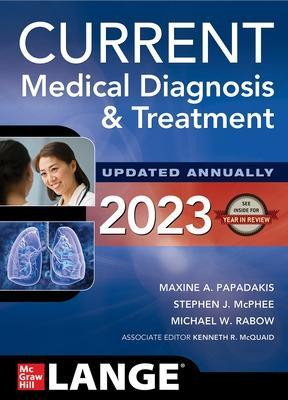
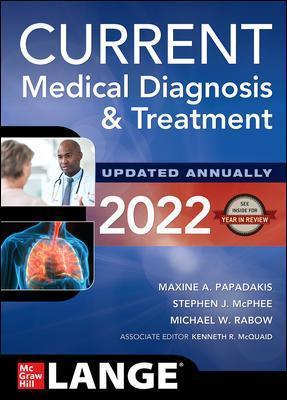
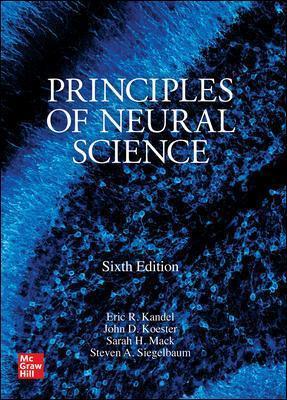

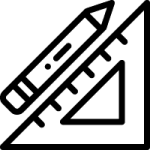



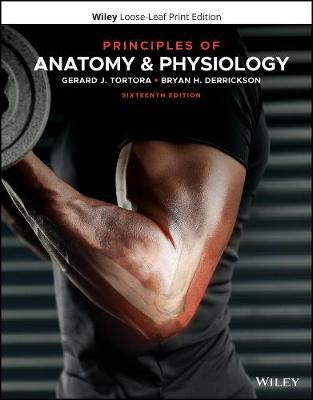
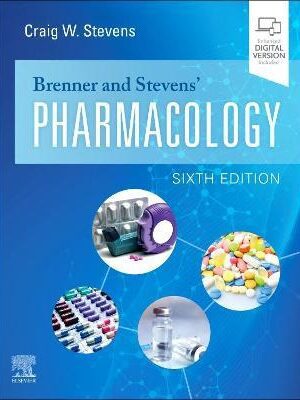
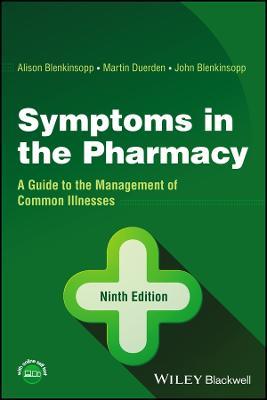
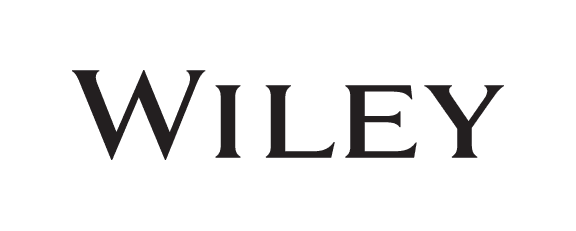


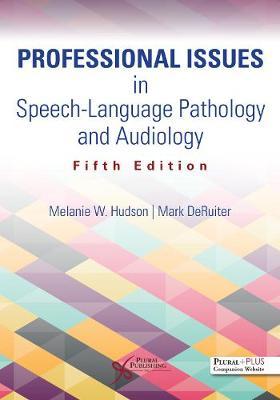
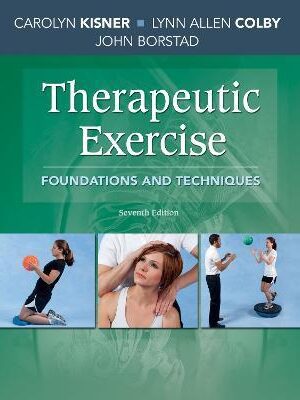
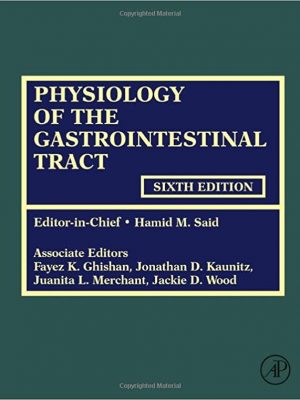

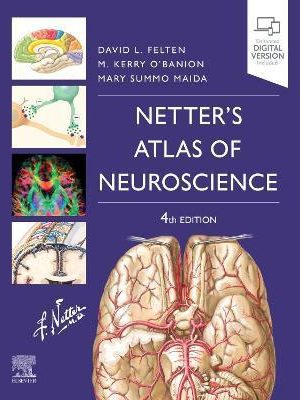
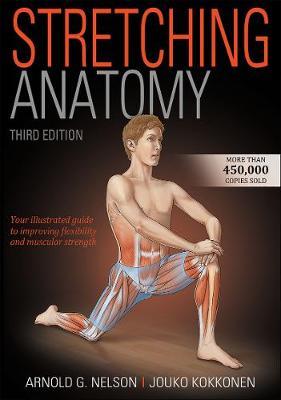

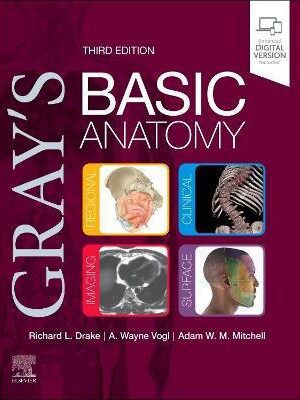
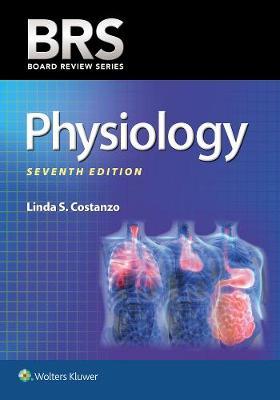
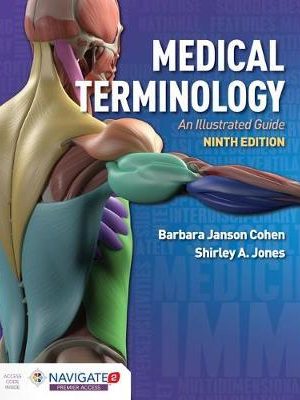
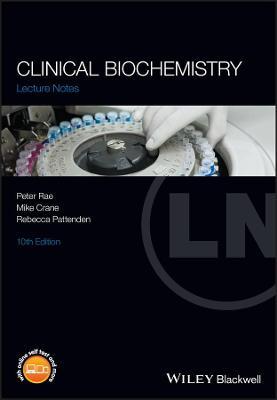

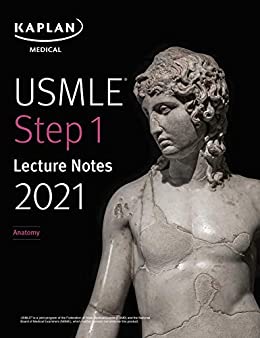
 Dentistry
Dentistry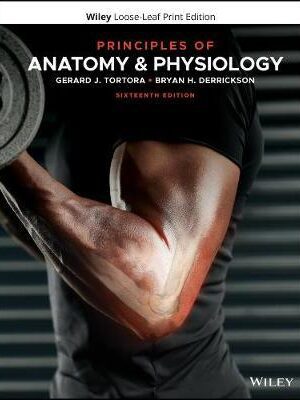
Reviews
There are no reviews yet.